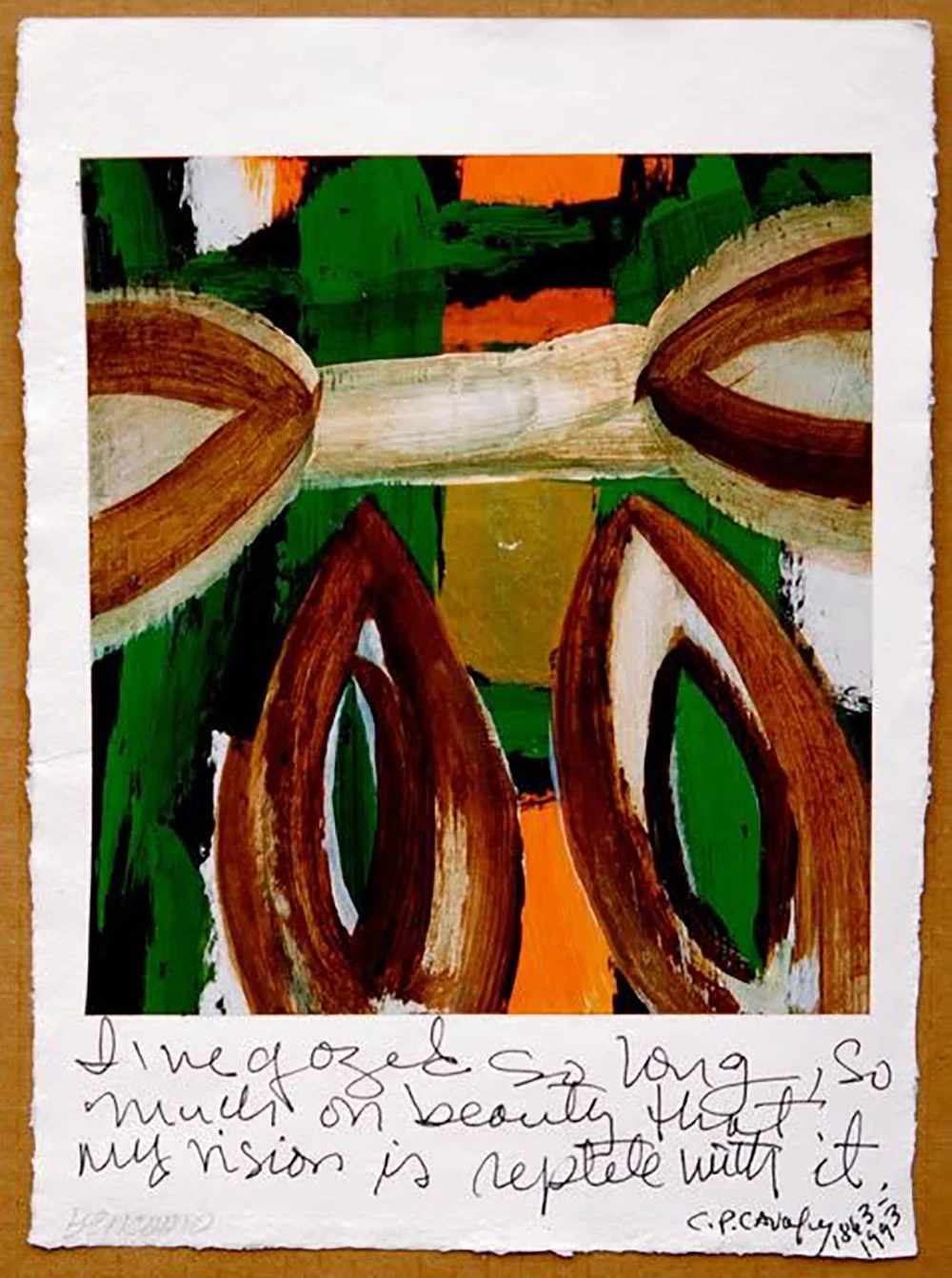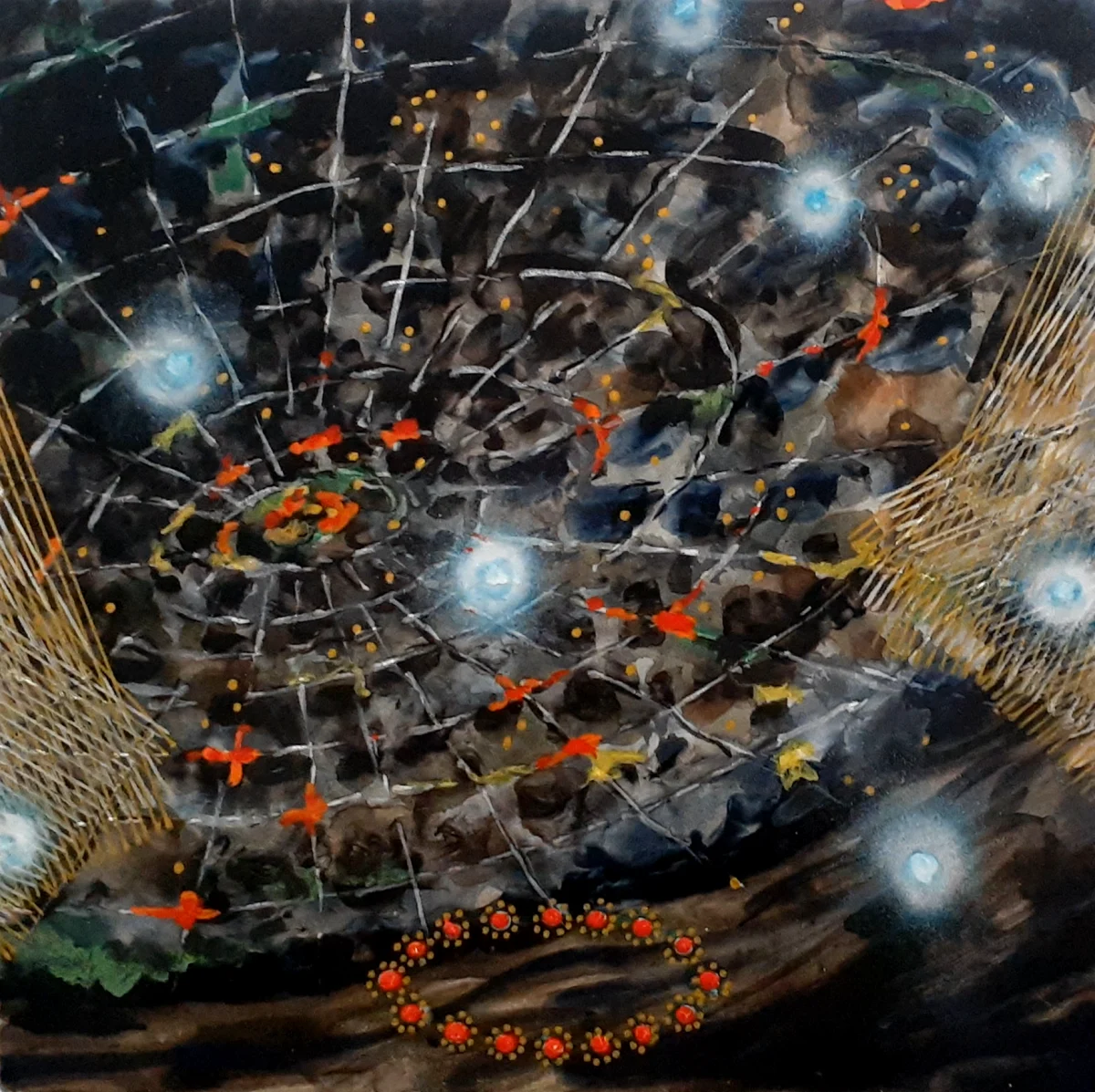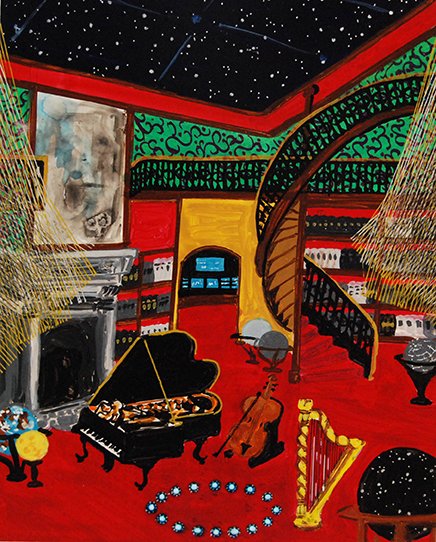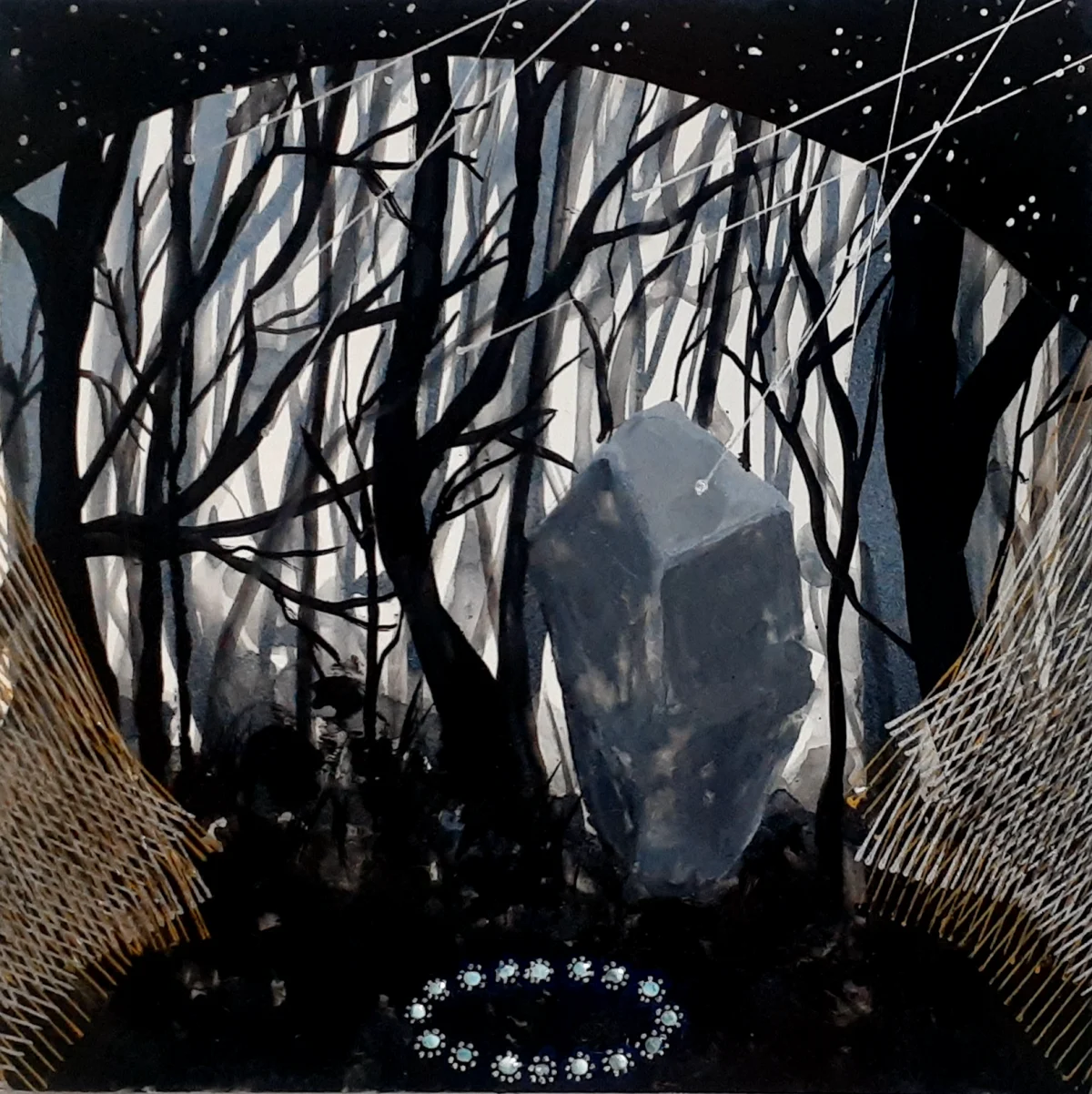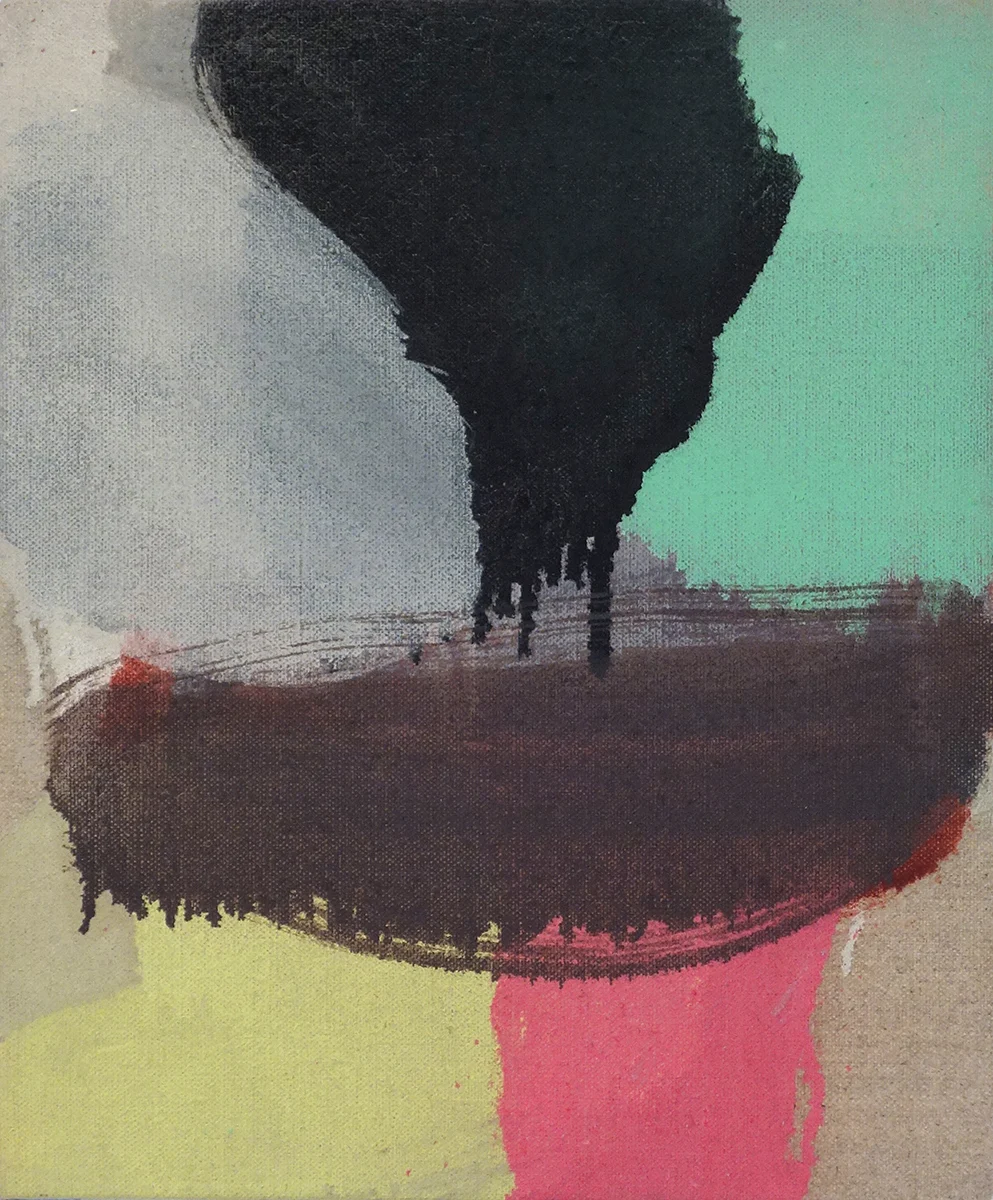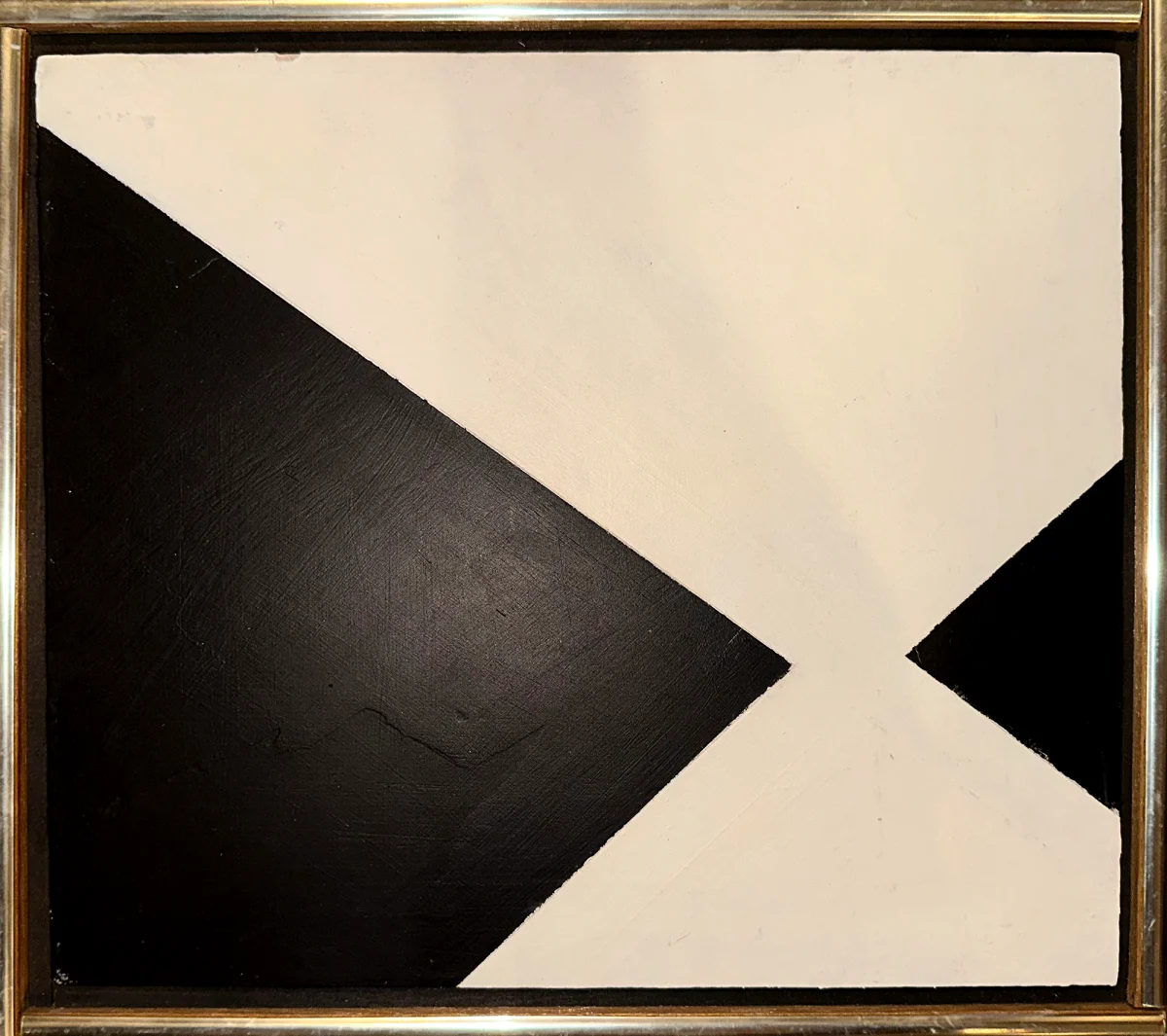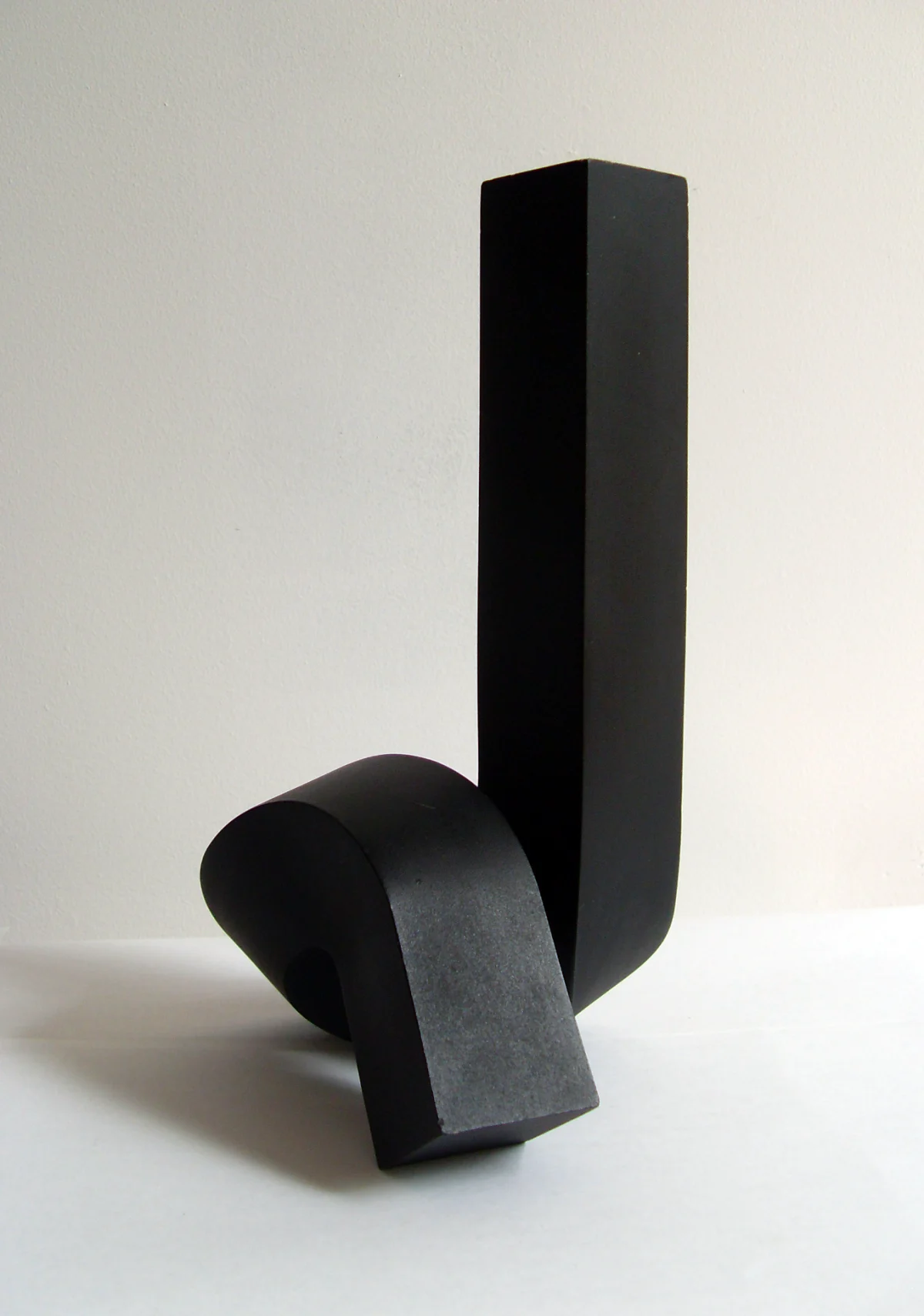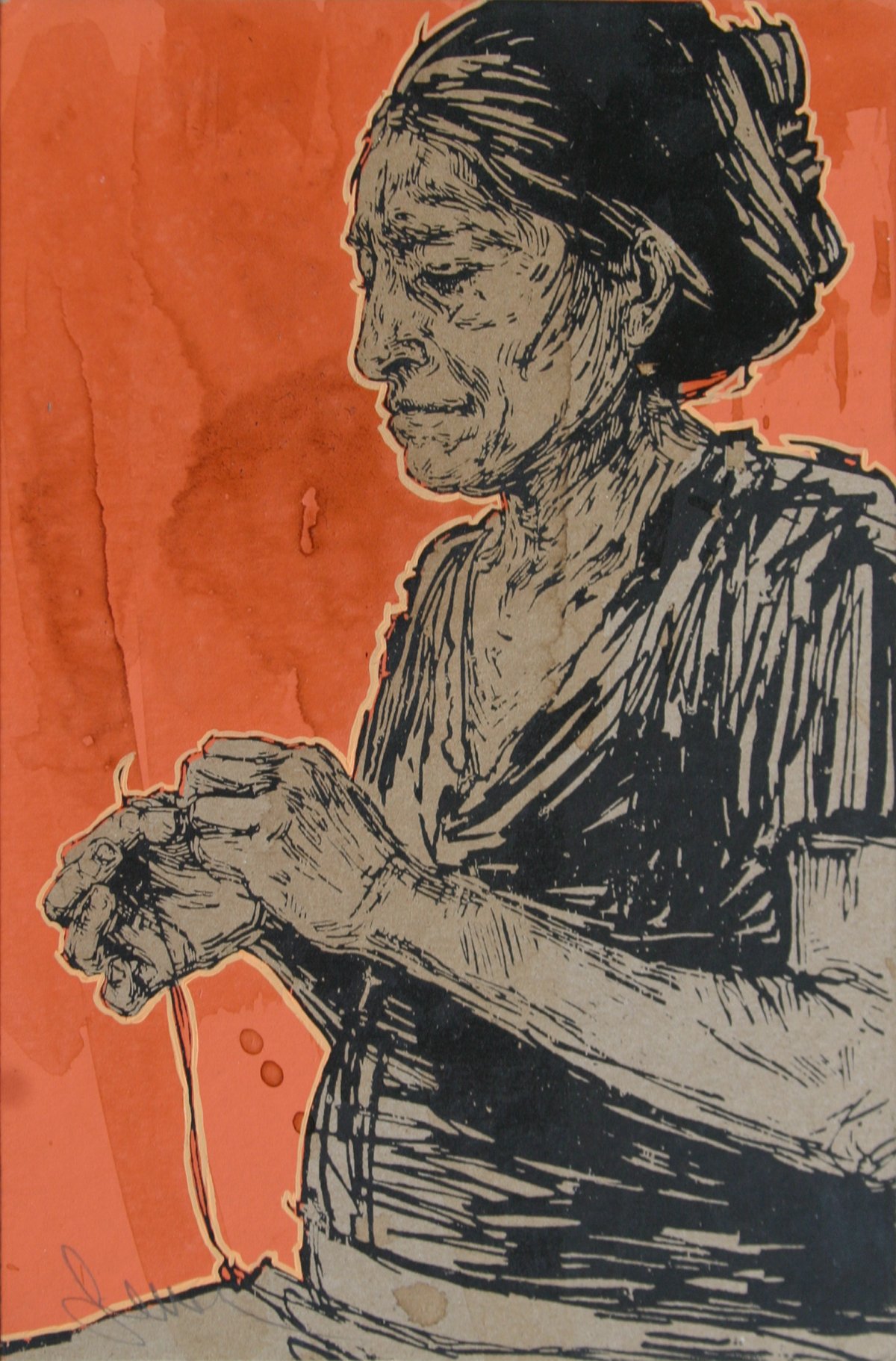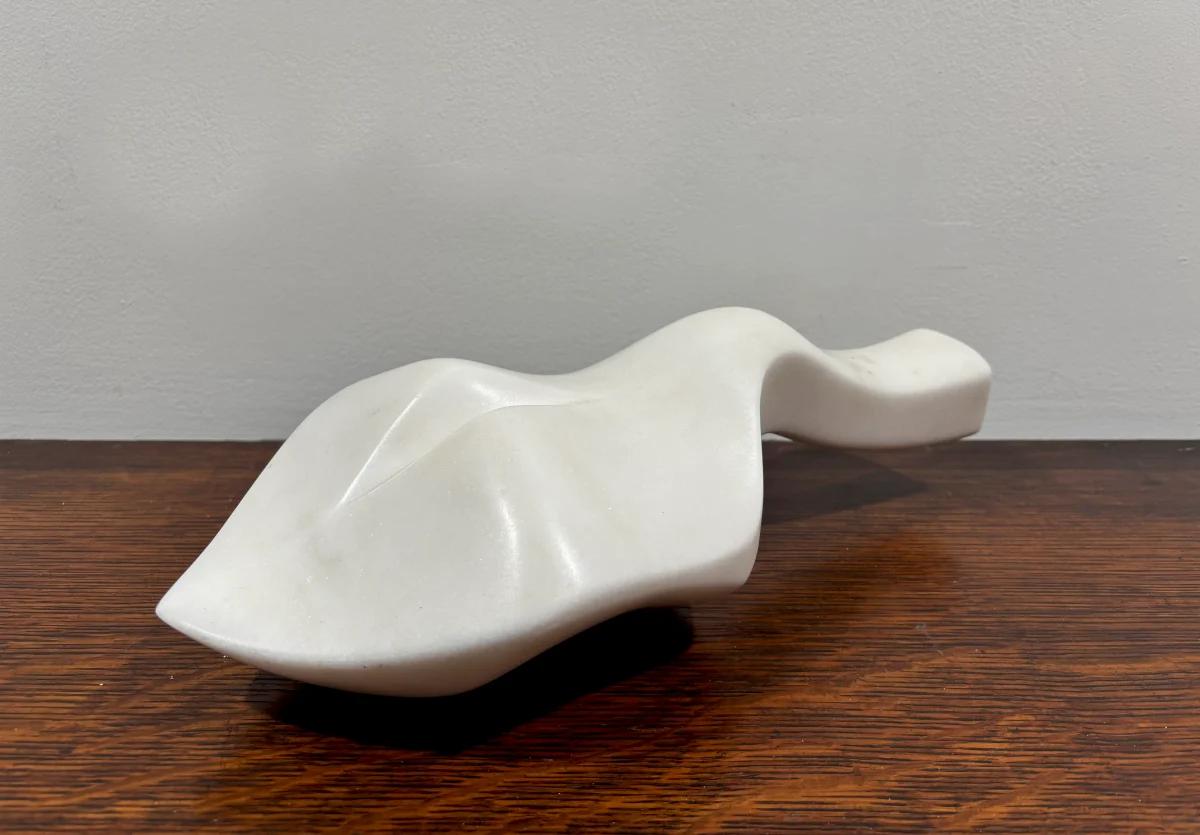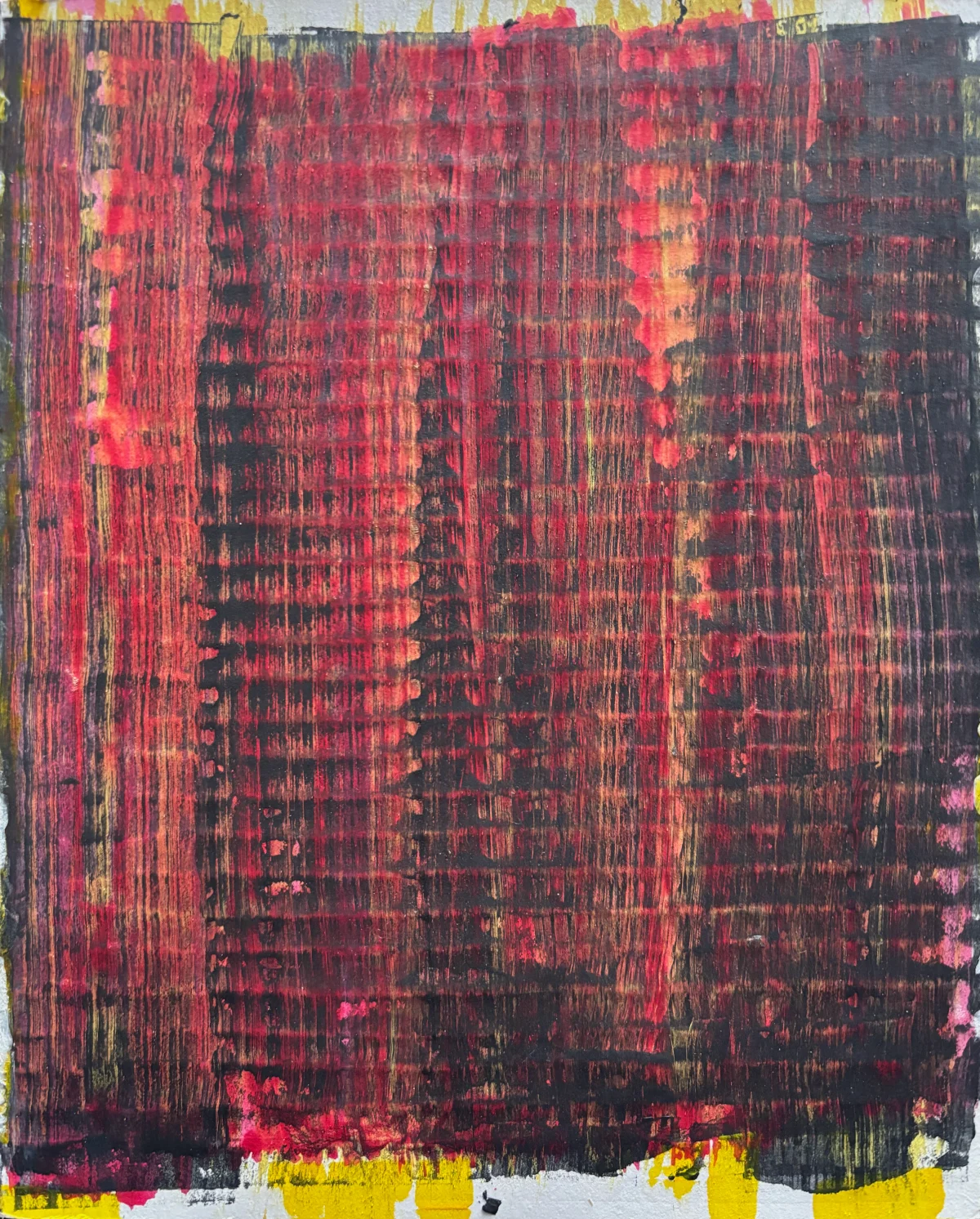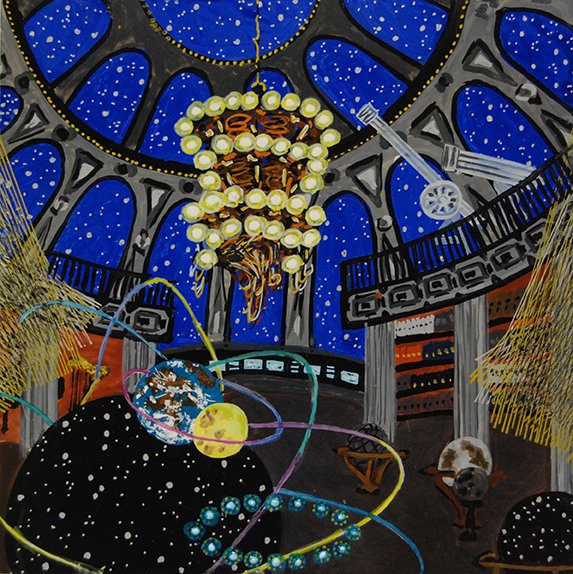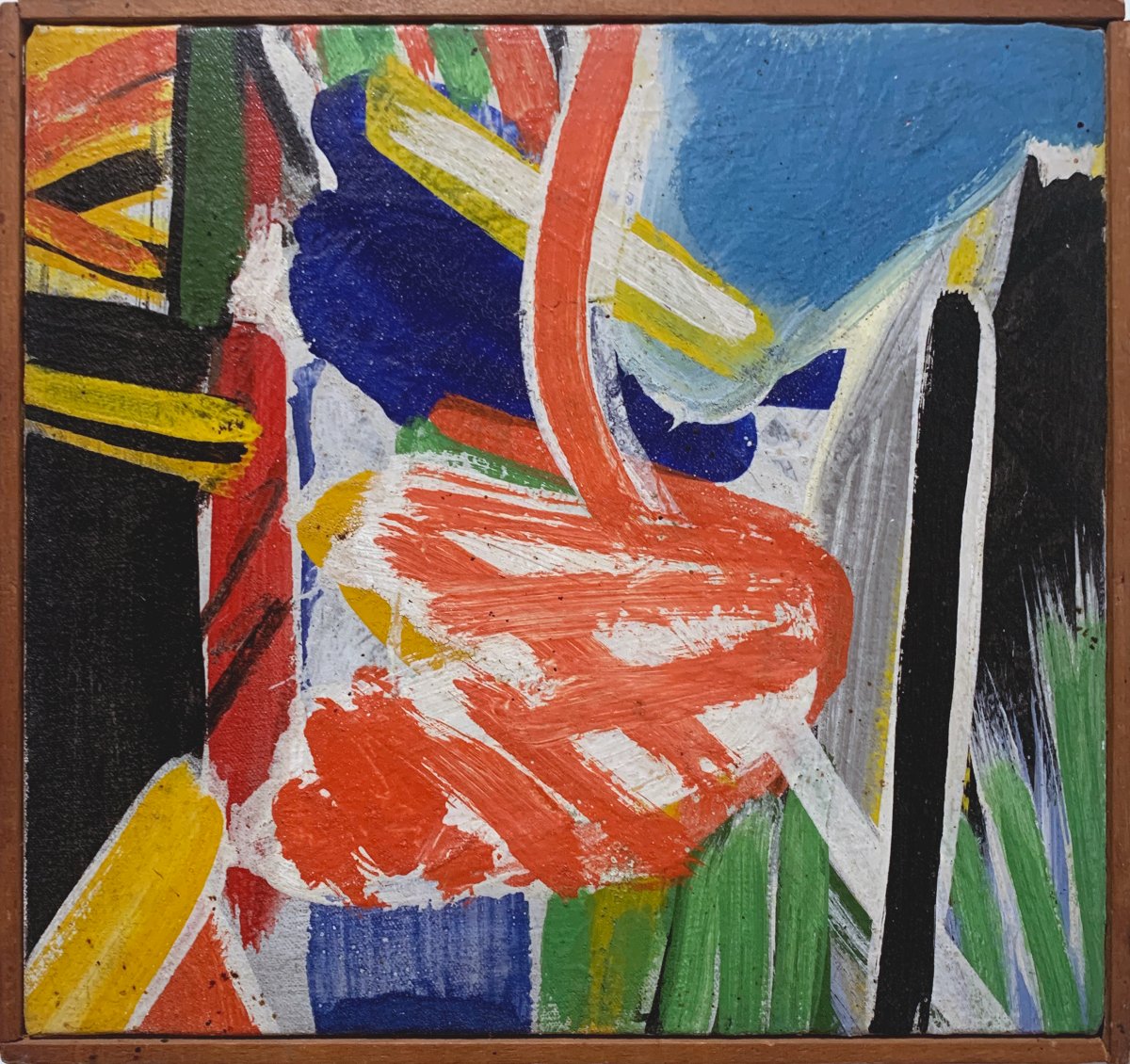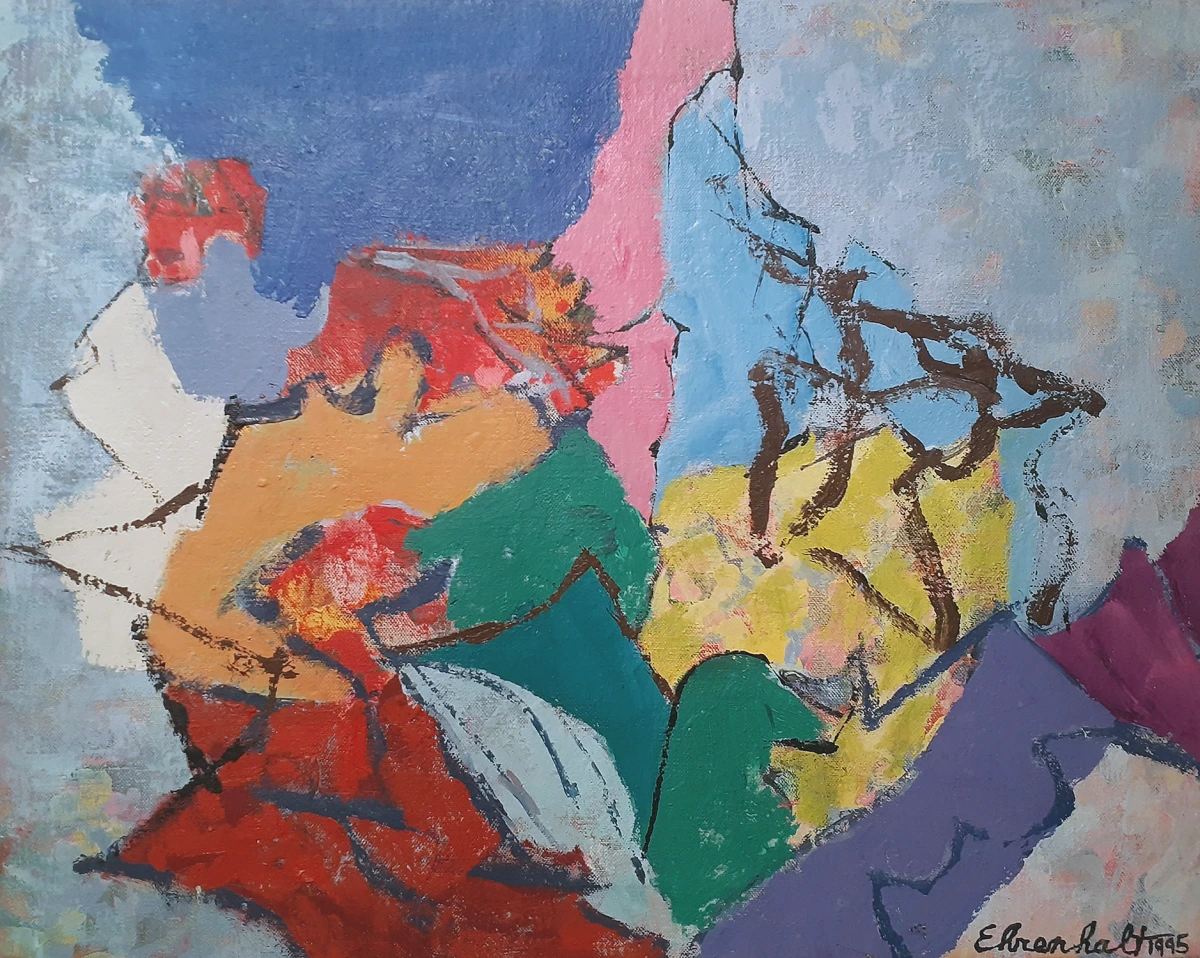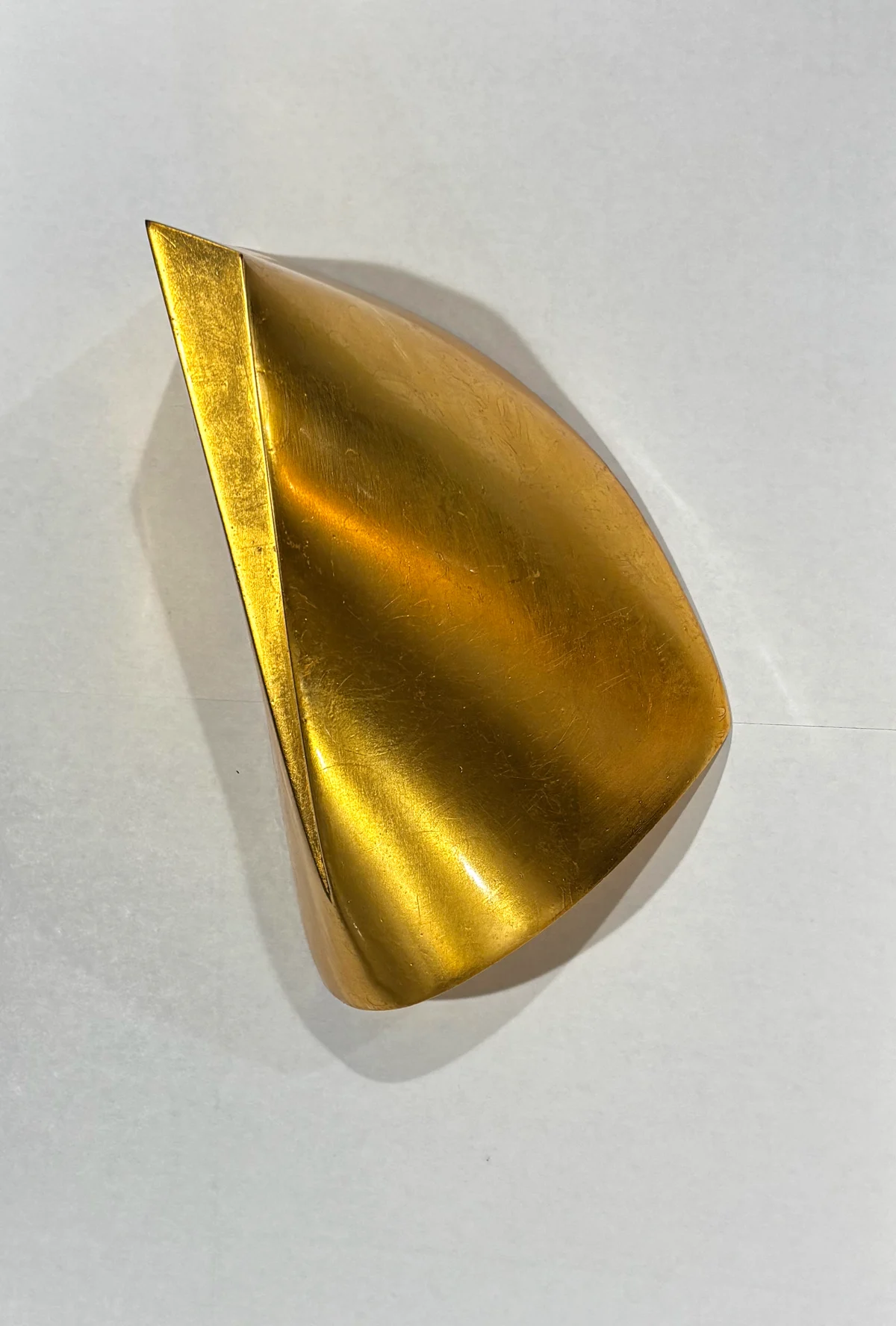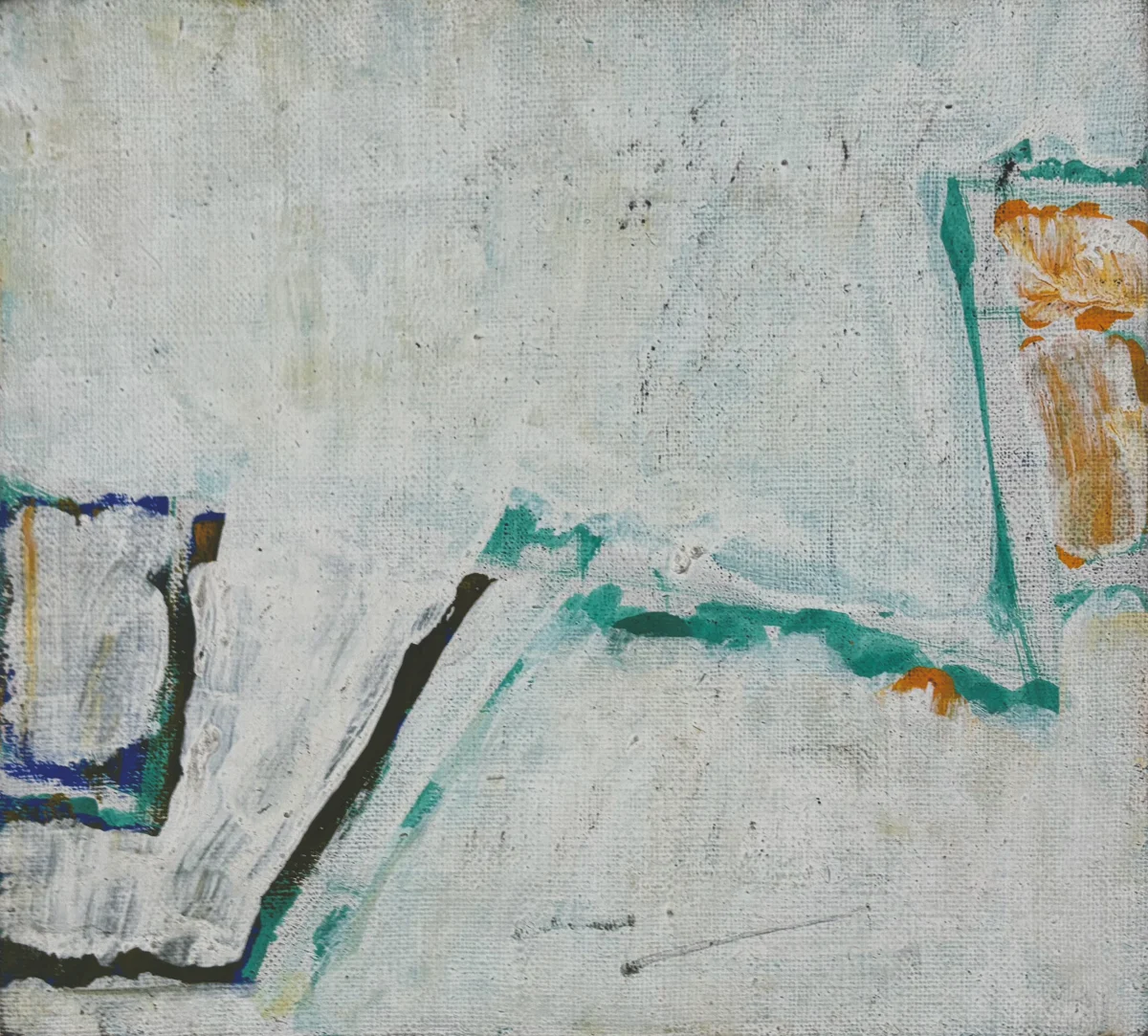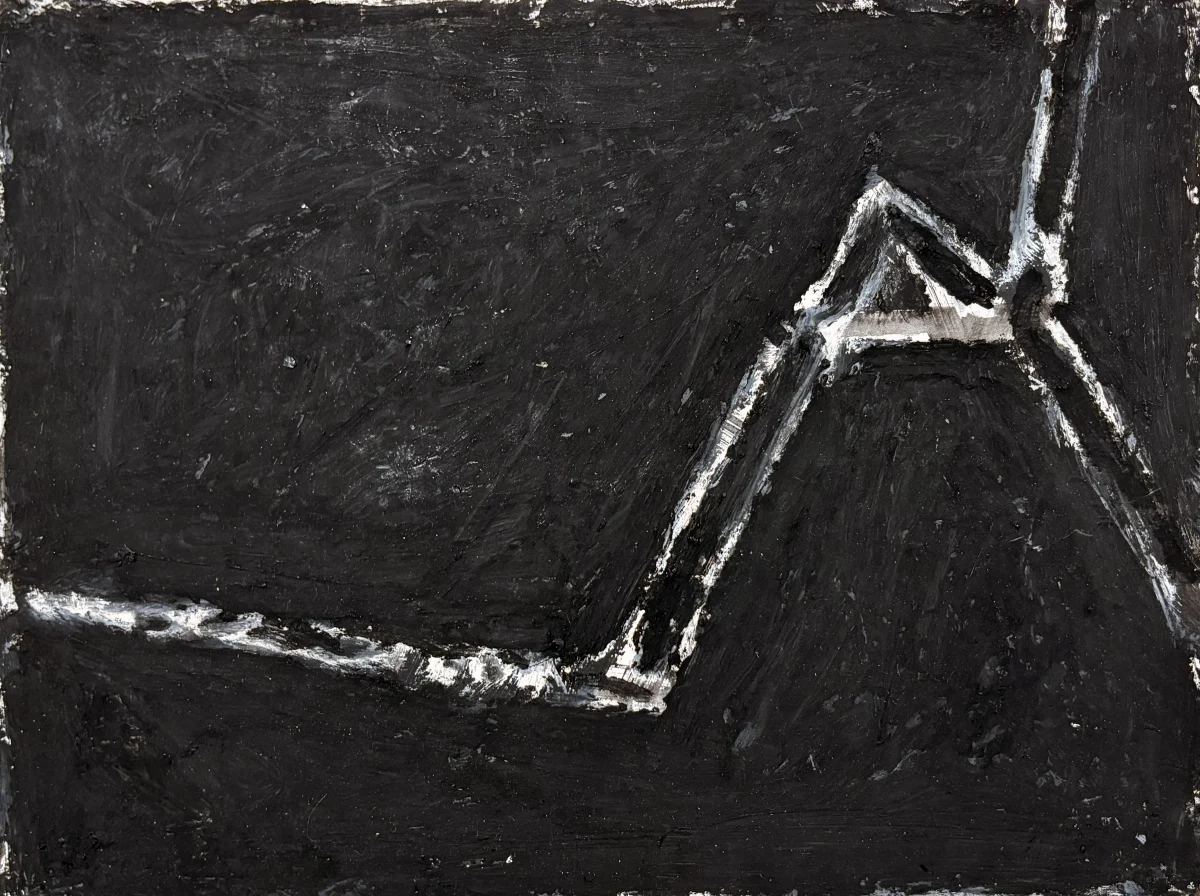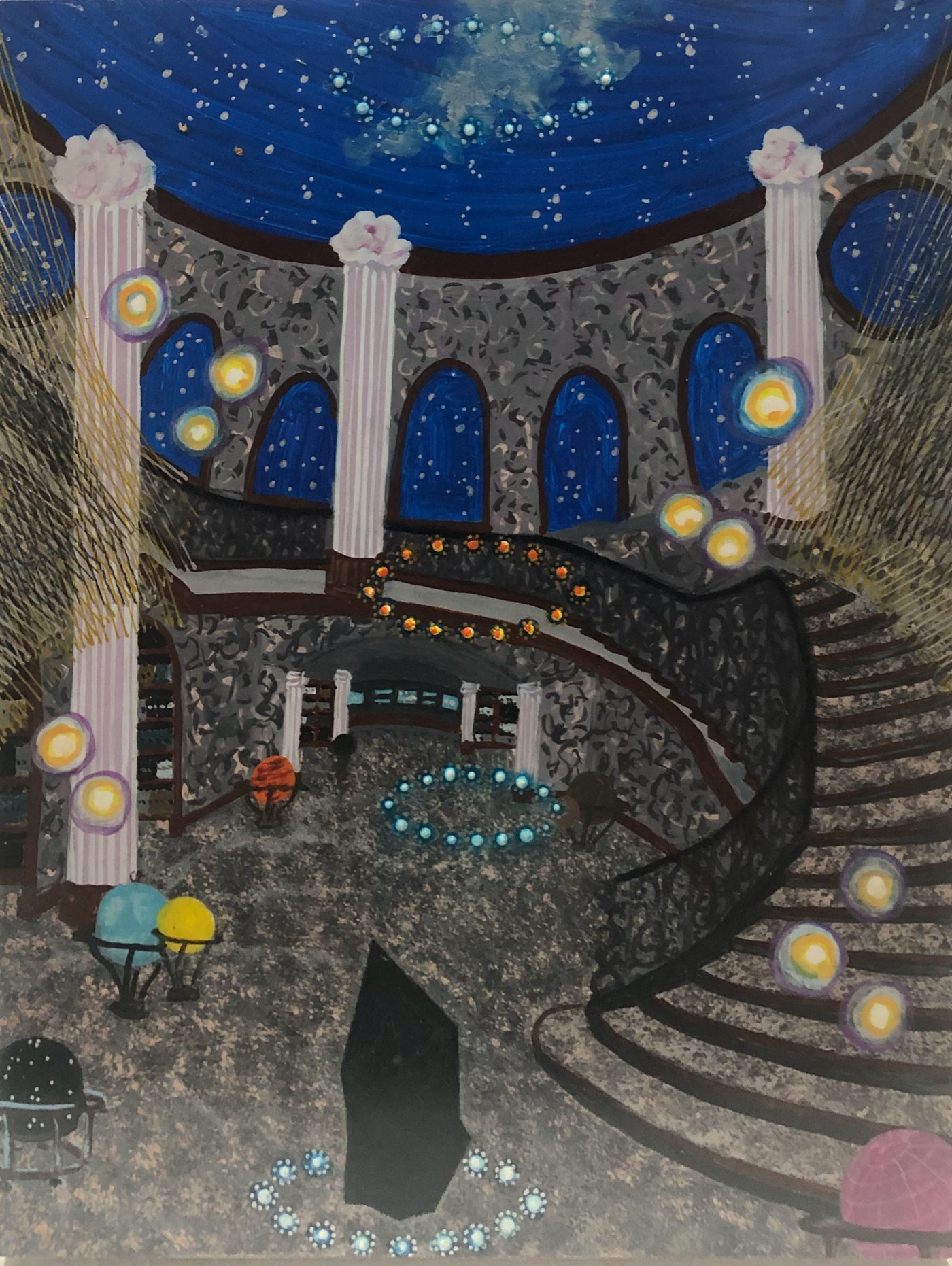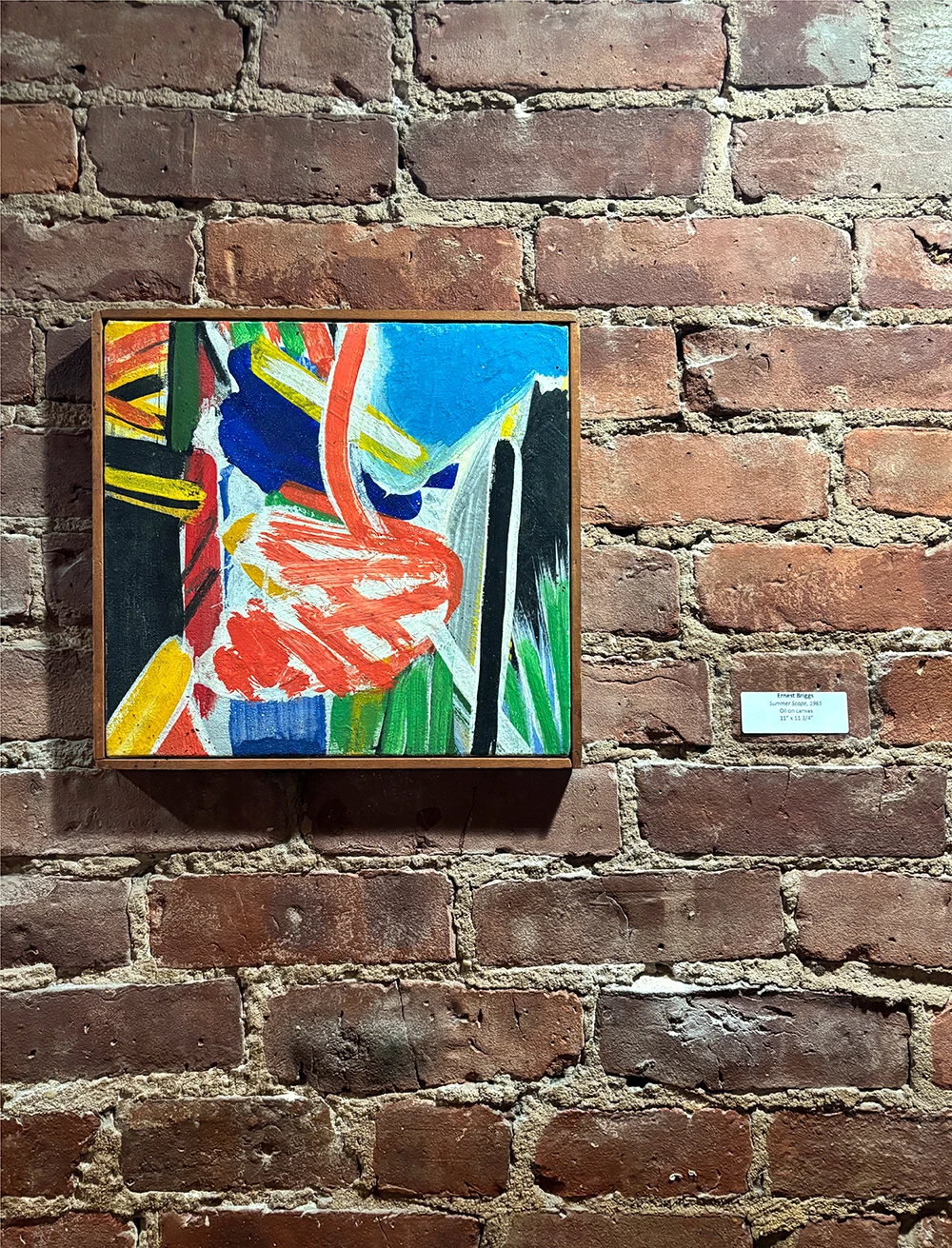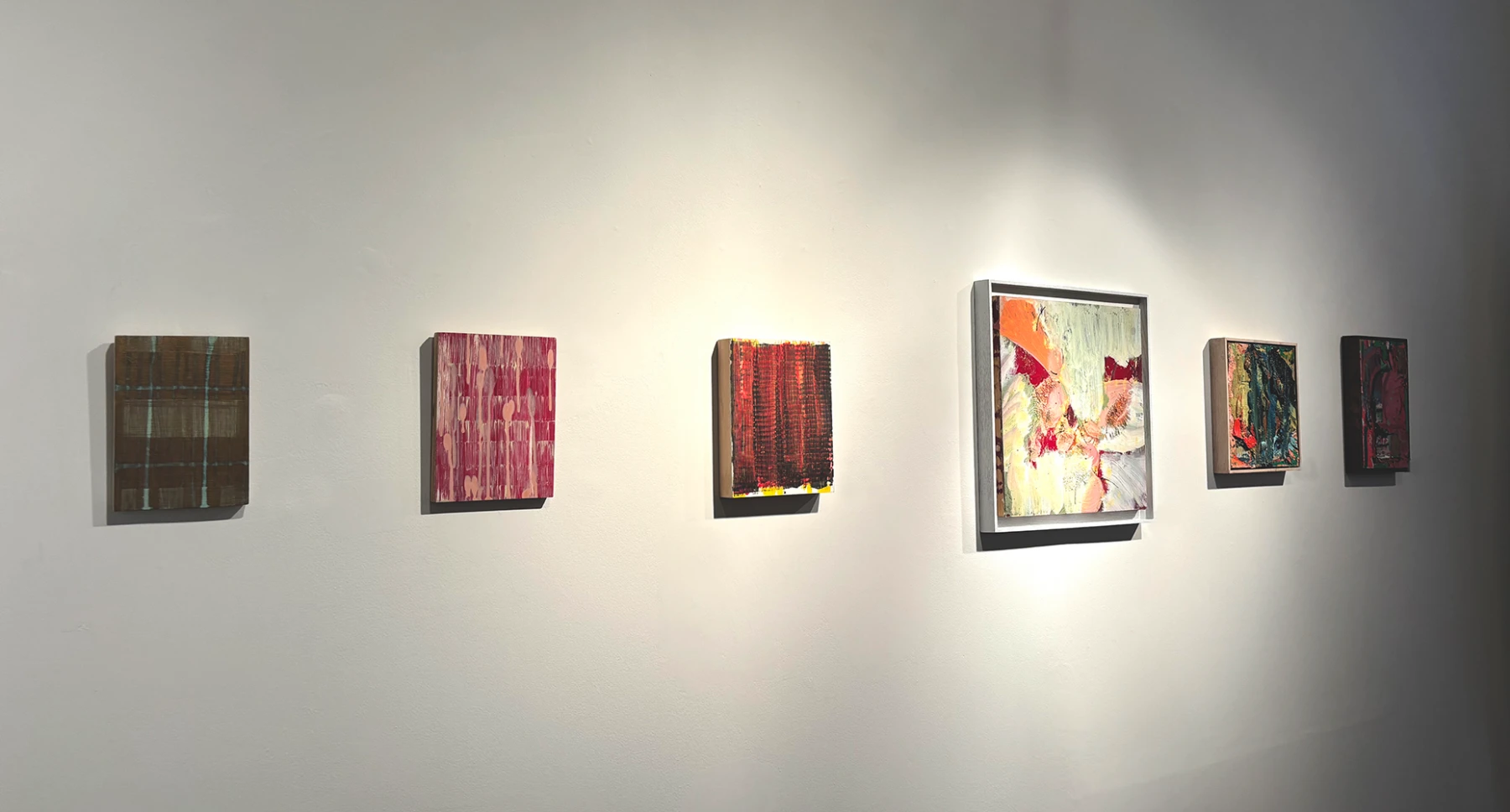Open: Tue-Sat 12-6pm
152 East 65th Street, NY 10065, New York, United States
Open: Tue-Sat 12-6pm
Visit
Petite Treasures
Anita Shapolsky Gallery, New York
Mario Bencomo, Babette Bloch, Seymour Boardman, Peter Bonner, Ernest Briggs, Peter Busa, Marc Van Cauwenbergh, Charles Clough, Raul Conti, Ford Crull, Amaranth Ehrenhalt, Lawrence Ferlinghetti, Marc Gibian, Michiko Itatani, Gyokushu Kimura, Joseph De Martini, Clement Meadmore, Jeanne Miles, Nancy Olivier, Nancy Steinson, Swoon, Petra Valentova, and Wilfrid Zogbaum.
Anita Shapolsky Gallery welcomes the new year with the group exhibition, “Petite Treasures”.
The show features an intricate selection of works by twenty-three artists from multiple generations, many of whom the gallery has proudly championed since its founding in SoHo in 1982. Though small in scale, each piece beautifully encapsulates the artist's unique style and mastery. Artworks on display, referred to as “Petite Treasures,” distill the essence of the artist’s expression into an intimate, compact format. Their diminutive size invites close engagement, encouraging viewers to connect personally with the details and intent of each piece.
The unique Japanese Bizen-yaki, Bizen stoneware by artist Gyokushu Kimura, will also be displayed. Kimura is a notable figure in the world of ceramics and traditional Japanese arts. His work often reflects the principles of traditional Japanese aesthetics, emphasizing simplicity, natural beauty, and a deep connection to nature.
The exhibition builds on the gallery’s previous shows of compact artworks, such as “Precious Gems” (2021), “Focus on Abstract Gems” (2018), and “Collectors’ Choices” (2007). Staying true to the gallery’s dedication to abstract expressionism, “Petite Treasures” highlights paintings and sculptures by some of the most significant artists of the 1950s and 1960s and younger artists while bringing their work to new audiences.
This enchanting exhibition is well worth a visit and promises to lift spirits during the colder months when gallery visits often decline.
Seymour Boardman (1921–2005) Trained in New York and Paris before and after WWII, Boardman developed a style influenced by an intellectual European foundation and refined through jazz-like improvisation. Known for his orchestration of linear motifs and underlying grids, his works are part of collections at the Whitney Museum, Guggenheim, and Brooklyn Museum.
Peter Bonner's paintings are characterized by their expressive use of color and gestural brushwork, capturing the dynamic interplay between memory and place.
Ernest Briggs (1923–1984) A key figure in Abstract Expressionism, Briggs transitioned from California influences to exploring diverse abstract styles. His bold brushstrokes, vibrant color palettes, and dynamic forms are featured in major collections, including the Smithsonian and the Whitney Museum.
Charles Clough is showing framed miniature paintings. These works highlight Clough's inventive approach to abstraction and his continued experimentation with diverse mediums and techniques.
Lawrence Ferlinghetti was not only a renowned poet but also an accomplished painter whose visual art often reflected the same spirit of rebellion and exploration found in his literary works. His paintings, characterized by vibrant colors and abstract forms, conveyed a deep connection to the themes of nature, urban life, and the human experience. The painting on display was created in situ on one of Ferlinghetti’s visits to Anita Shapolsky’s gallery.
Mark Gibian's sculptures, displayed on the second floor, showcase his mastery of form and material on an intimate scale, often featuring delicate, interconnected elements that echo the fluidity and structural complexity of his large public works, inviting close examination and personal interaction.
Nancy Olivier produces images that merge organic, expressive tropes of modernist abstraction with a vigorous set of propositional intentions. The paintings exhibit a ‘history’ of process rather than spontaneity, improvised ‘events’ are actually controlled calligraphic marks; frozen expressive gestures. Various marks are juxtaposed with non-naturalistic colors to forge a unified figure/ground that favors overt structure over metaphoric picturing.
Nancy Steinson’s sculptures are often described as “lyrical,” “sensuous,” and “simple,” yet she strays away from a purely minimalist style, opting for a mergence of curvilinear and planar forms which can result in soft and hard objects that never bore the viewer.

